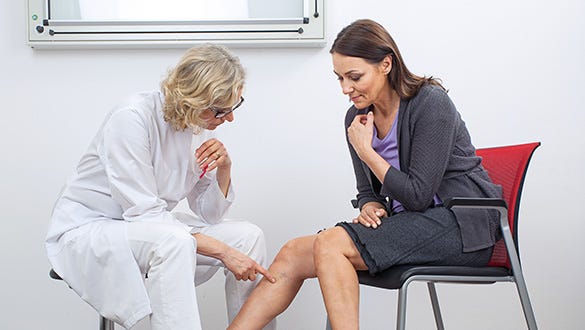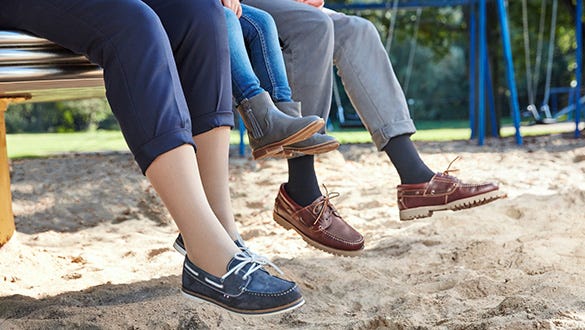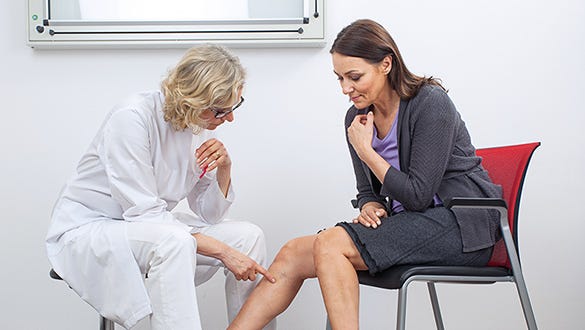- Free First Class Delivery
- Buyer Protection
- Secure Online Shopping
- Healthcare Professional? Click here
Sclerotherapy for veins
Sclerotherapy for veins


Categories
Operation to remove varicose veins
The treated areas are pressed together with compression bandaging and compression garments (compressed) to promote adhesion of the venous walls. The body reorganises the sclerosed vessels into connective tissue. Thus the medical outcome is comparable to that of an operation to remove varicose veins (vein stripping).
Who is sclerotherapy suitable for?
In principle, almost all forms of varicose veins, including those of the saphenous veins, can be treated by sclerotherapy. Sclerosis is the method of choice for the small superficial varicose veins, the so-called spider veins. Superficial or deep vein thrombosis must first be ruled out. The patients must also be mobile, because they are required to take a 30-minute walk after treatment to prevent thrombosis.
How varicose veins are treated by sclerotherapy
A needle is first inserted in the vein to be sclerosed. The sclerosing substance is slowly injected into the vein through a cannula. Once the needle has been withdrawn, the treated segment of the vein is immediately compressed. If the varicose veins are very long, the doctor repeats the process at several places along the affected vein. After completion of the procedure, a compression bandage is applied tightly to the leg being treated and a compression stocking is worn for added compression.
Further development of the method: foam sclerosis
Over the last few years, foam sclerosis has become established as a more advanced form of treatment for larger varicose veins such as the large saphenous veins. The sclerosing substance is turned into foam immediately before being injected into the vein. Due to the large surface area of the foam, the substance reaches all parts of the vein, especially in the larger vessels.
Further development of the method: foam sclerosis
Over the last few years, foam sclerosis has become established as a more advanced form of treatment for larger varicose veins such as the large saphenous veins. The sclerosing substance is turned into foam immediately before being injected into the vein. Due to the large surface area of the foam, the substance reaches all parts of the vein, especially in the larger vessels.
After sclerosis
As a rule, sclerotherapy is performed as an outpatient procedure. However, in order to achieve the optimum outcome, it might be necessary to repeat the sclerotherapy procedure a second or third time in some areas. The patients must wear compression bandaging and compression garments for a few days or even weeks depending on the diameter of the veins treated. During the first few days after sclerosis, they should not take part in any sporting activities and should avoid hot baths, saunas and tanning salons.
Sclerotherapy is considered very gentle and safe. There are only a few side effects and complications are rare, for example:
- Allergic reactions to the sclerosing substance
- Skin changes
- Pain at the injection site
- Nerve irritation
- Migraine-like symptoms
- Thromboses (very rare)
Venous insufficiency itself cannot be cured by surgery for varicose veins. Therefore, patients should continue to wear their compression garments every day after successful vein surgery, in order to prevent the onset of new varicose veins and enjoy the outcome of the operation for years to come.









